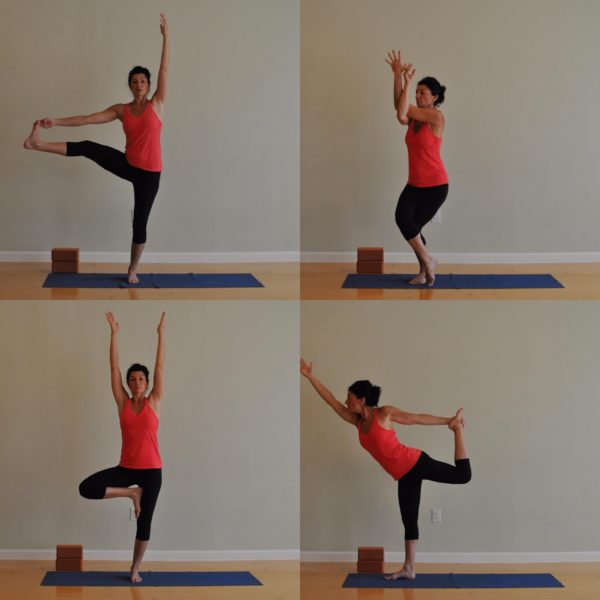
What’s a quick way to describe a joint in the body versus a bone? Well, joints are where the movement occurs and the bones provide the structure for the body. Muscles provide the movement by acting across and around joints, along with the connective tissue structures, including tendons and ligaments. And, it’s all surrounded by fascia, the connective tissue layer that lies just beneath the skin.
Yoga practice and all forms of exercise allow muscles to move across joints. In yoga practice specifically, one of the wonderful qualities is that a typical yoga practice gives us chances to move our joints in multiple planes. Take for instance, the shoulder joint. It moves in all planes because it is a ball and socket joint. You can move your arm forward or backward (saggital plane), you can turn your palm forward or backward, thus rotating your shoulder joint “in” or “out” (transverse plane), you can move your arm away from the side of the body or closer to it (frontal plane). Moving our joints in multiple planes keeps them healthy by encouraging range of motion (ROM) in as many directions as is possible on a regular basis.
Now, when you look at the types of joints, there are some qualities of movement that are a function of the type of joint involved. Your knee is primarily a hinge joint so it most easily moves front to back (bending the knee). Your shoulder, as we just reviewed, is a ball and socket, just like your hip, so it easily moves in all the planes described above. In yoga practice, however, we find there are some poses that offer our joints the opportunity to move outside of their comfortable range and that, coupled with a lack of awareness, can create problems.
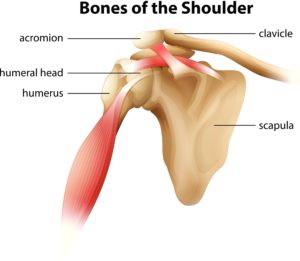
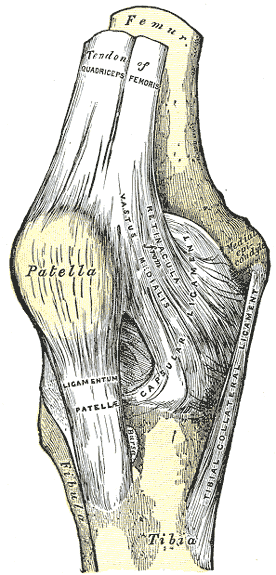
Before we look at some examples, keep in mind that joints are supported by connective tissue structures like ligaments (bone to bone) and tendons (muscle to bone). These structures are not vascular, meaning they do not have blood flow. They also have limited elasticity. These qualities combined mean that as we move, we should be wary of taking our joints outside their comfortable ROM because once we do that, and ESPECIALLY if we do that repeatedly over time, there’s a high degree of certainty that we’ll create laxity or “looseness” in the joint. And, because the joint structure is not easily regenerated, the joint will be compromised for the long term.
The nature of yoga practice is rife with this possibility because the nature of most yoga practices is that they are repetitive. We often do the same movements over and over again in one practice and then if you multiple that over years of practice, the risk increases. Couple that with lack of awareness, with teaching styles or a practitioner’s desire to “go deep in each pose” and you have a recipe for joint damage. Does it happen to everyone? Most likely not. But as a teacher, I like to stay in the “middle lane” and teach in a way that promotes long term health in my students. Also, given I have no information about the health of their joints to begin with, why would I not want to teach in a more conservative way?
So, here are 3 quick tips for protecting your joints in yoga practice:
Avoid hyperextension. When you move “beyond straight” you lock your joint. We see this is a pose like Tree on the standing leg, in Twisting Triangle in the front leg, and in forward fold (in that one, it’s quite easy to see people sitting back in their knees). Hyperextending the joints increases stress on the ligaments and tendons. It also encourages students (in a bad way) to rely on their joints for stability versus their muscles.
Use caution in poses where joints are taken outside their most comfortable ROM: This comes up in a pose like Pigeon where the knee is not only flexed (in the front leg) but the shin is also moved medially (towards the mid-line). You’ll notice your knee can indeed move front to back but also side to side but I’m sure it’s pretty obvious that it’s most accessible movement is flexion and extension. This means that as you take the shin more medially, you increase the pressure on the internal aspect of the knee and ligaments that are there. This means that the old school cue to “move your shin towards the front of the mat” really only increases the strain on the medial aspect of the knee. Practicing with your long term joint health in mind would have you avoid this movement at all costs and simply allow the forward shin to stay pulled in a bit closer to the pelvis.
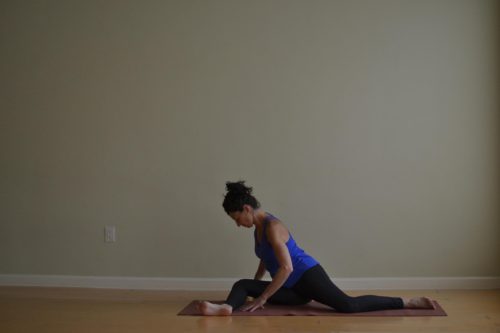
Avoid double wrapping in poses: We see this in a pose like Eagle where the leg on top wraps around the standing leg. Many students are taught to wrap the thigh but also to wrap the upper foot around the shin. This can create increased torque on the knee. Torque is a rotational force that occurs as the wrapping of the foot around the standing leg is happening. When we look at the value of the pose, it’s more about strengthening the inner thighs versus making the knee “more flexible” by double wrapping so there’s really no value to double wrapping anyway! But again, this is one of those old school actions that unless called out by knowledgeable teachers, students will continue to do it, especially when other people around them do it.
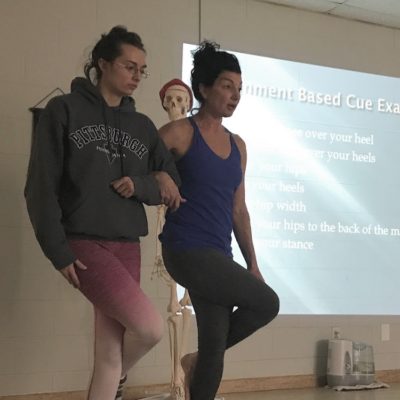
If you are interested in learning more about anatomy in practice, take my free online training called the LEARN YOGA Challenge. To catch the videos that comprise this challenge, download the instruction guide here.Â
I hope you’ve enjoyed this blog post. I welcome your comments!

Thanks. This is helpful. I particularly like the point about double wrapping causing stress on the knee. I’ll take that perspective into my classes as I teach. Makes sense but I never thought of that or heard it before.
Melisse, thanks for your comment. Yes, I just thought of it one day and then started to dive deeper into “why” and I just could not find a good enough reason to offer it!
Amazing explanation. Thank you for sharing it. I hope you are well now.
HI Isabel! Yes, I am feeling better every day! Glad you liked the article!
Great blog post with very useful information!
So glad you liked it! Let me know if there are other topics that interest you. I’d love to know.